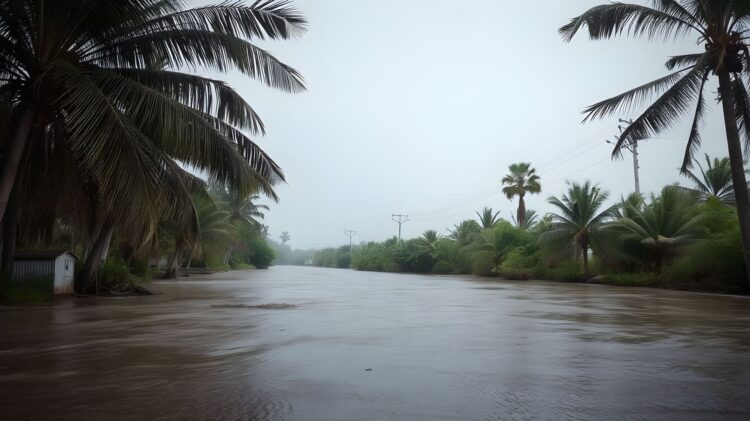When Hurricane Helene devastated parts of the US, Elon Musk and SpaceX created free internet via Starlink. Or so it seemed. Only a few communities recovering from the storm realized the offer wasn’t as generous as advertised. While the Starlink service has been pitched as free for 30 days, it is still not free overall. Internet via Starlink. Or so it seemed. Communities recovering from the storm quickly realized the offer wasn’t as generous as advertised. Musk had promised Starlink would automatically provide internet service “without the need for payment” in areas hit by the disaster, but there was a catch.
Although promoted as free for 30 days, the Starlink service still comes with upfront costs. You have to pay for the hardware, including a satellite terminal. Typically priced at $350, the hardware that provides this service is reduced to $299 for disaster relief; however, residents are still paying closer to $400 to use a service that was supposed to be free. This has been a frustrating extra cost for those affected by Hurricane Helene in these circumstances.
Starlink terminals will now work automatically without need for payment in the areas affected by Hurricane Helene https://t.co/Nu8MbPWIjl
— Elon Musk (@elonmusk) October 2, 2024
Musk’s ‘free’ offer left many in the lurch during Hurricane Helene
At first glance, Starlink’s offer of a 30-day0-day service appears generous. But resident disaster zones such as Boone, North Carolina, found that was not the case. They still had to buy the satellite, which was not cheap. Worse yet, after 30 days of “free” service, users are automatically moved to a paid subscription at $120 a month. This is not the kind of help people who are now recovering from Hurricane Helene expected.
Marketing strategy has left some wondering if it’s more about expanding Starlink’s customer base than offering genuine aid. According to Boone resident Kinney Baughman, the offer appears to be a “bait and switch,” targeting those in need with the promise of free internet, leaving them with a hefty bill. Starlink could work in some isolated circumstances, but by the time the gear gets there, traditional internet service may be back anyway, earning the purchase unnecessary, Baughman noted.
For those impacted by Hurricane Helene, or looking to support response and recovery efforts in affected areas, Starlink is now free for 30 days.
Learn more here → https://t.co/SmoEBQdj1j https://t.co/pfWsdREYMb
— Starlink (@Starlink) October 2, 2024
More questions than solutions for Starlink users
Finally, a logistics challenge is their use for those considering Starlink after Hurricane Helene. Thousands are still without power, so even if people got hold of the terminal, they couldn’t use it. Bridges and roads have sometimes been destroyed, preventing delivery even to some locations where the equipment could be dropped off.
Musk acknowledged some of that, saying helicopter deliveries in disaster zones can be problematic because of temporary regulations. Still, the overall message from residents like Baughman is that while Starlink’s offer might sound like a lifeline, it’s far behind the no-strings-attached aid that was initially promised. Instead, it feels like a sales pitch at a time when people are most desperate. Ultimately, the situation has left many residents frustrated and disappointed, questioning the true intentions behind the “free” service offer.
Image credit: Furkan Demirkaya/Gencraft AI





